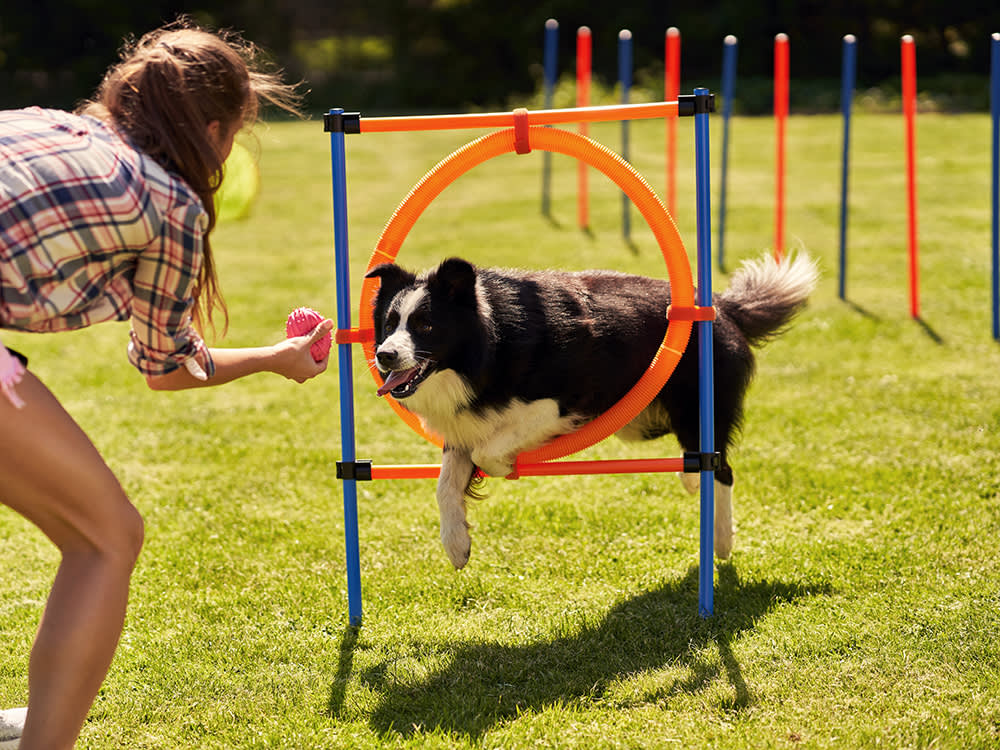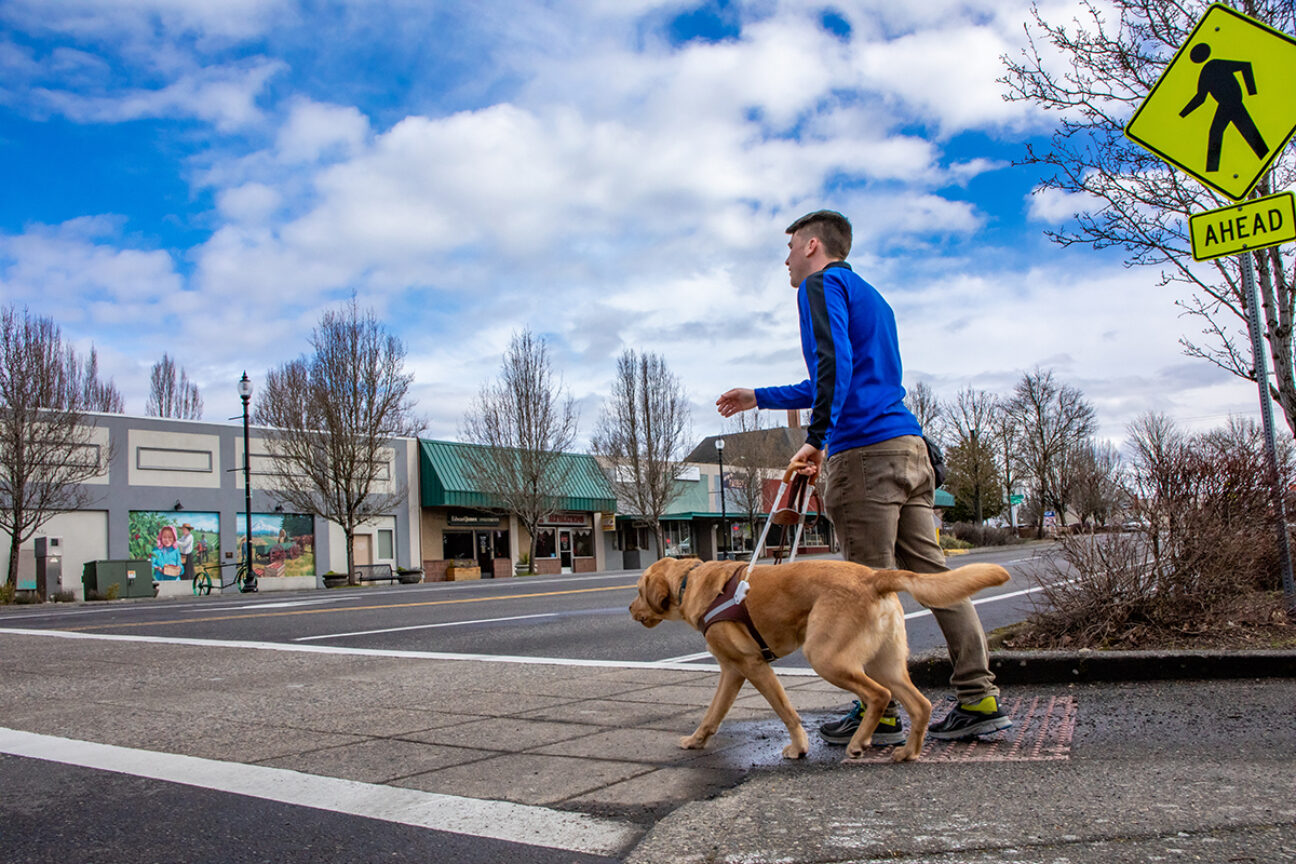Essential Tips for Successful Dog Training: A Guide for Beginners
Leading Pet Dog Educating Methods Every Proprietor Must Know

Positive Support Methods
Using positive support strategies is vital for efficient pet training, as it fosters a relying on bond between the fitness instructor and the canine. This approach concentrates on rewarding desirable behaviors instead of penalizing unfavorable ones, developing an atmosphere for finding out. Incentives can consist of treats, praise, or play, which encourage pet dogs to repeat the actions that earn them these incentives.

Moreover, this method improves the pet dog's excitement for training sessions. They are extra engaged and responsive when pet dogs link training with favorable experiences. Dog training. Beyond instant actions alteration, positive reinforcement motivates a collaborative connection between the pet dog and instructor, decreasing stress and anxiety and anxiety
To maximize effectiveness, it is essential to supply incentives promptly, making certain the dog attaches the habits with the support. In essence, positive support strategies not only produce better-trained pets however also promote an unified partnership between pet dog and owner.
Clicker Training Approach
The clicker training technique is an extremely reliable technique that builds on the principles of favorable reinforcement by including an unique noise to mark desired actions. This method utilizes a small portable tool that generates a clicking sound, permitting trainers to communicate with their dogs in a clear and immediate fashion. When a pet executes a habits that the owner wants to encourage, the clicker is triggered, complied with by a reward, generally in the form of deals with or praise.
The secret to successful clicker training hinges on consistency and timing. It is essential to click at the exact minute the desired behavior takes place, ensuring that the pet dog links the noise with the action and the succeeding incentive. This method not just enhances interaction but also cultivates a stronger bond between the pet and the proprietor, as it motivates involvement and communication throughout training sessions.
Remote control training can be used to a range of habits and commands, from fundamental obedience to a lot more intricate tricks. Its convenience and effectiveness make it a preferred method among expert trainers and pet proprietors alike, leading the way for a responsive and well-trained canine companion.
Chain Training Fundamentals
Effective leash training is important for making certain a secure and enjoyable walking experience for both pets and their owners. Dog training. Chain training ought to begin very early and be approached with perseverance and consistency. Beginning by choosing an ideal leash and collar or harness. A level collar may benefit some pet dogs, while others may gain from a harness that decreases pulling.
Present your pet dog to the leash progressively, enabling them to discover it in a comfortable setting. This entails rewarding your dog for walking beside you rather than pulling in advance.
If your pet dog starts visit site to draw, quit strolling instantly. In addition, practice different strolling settings to aid your canine adapt to diversions.
Routine technique will certainly strengthen your canine's understanding of leash rules. Keep in mind that chain training is a continuous process; patience and consistency will produce the ideal results, cultivating a positive experience for both you and your canine companion.
Socialization Techniques
Socialization is a critical element of pet training that should ideally start throughout puppyhood yet can be useful at any age. Efficient socialization assists pets establish confidence and decreases the likelihood of behavior concerns. To execute effective socialization approaches, expose your dog to a variety of atmospheres, people, and other pets.
Beginning with regulated setups, such as young puppy courses or arranged playgroups, where young canines can engage safely. Progressively present your pet dog to brand-new experiences, including different noises, surfaces, and tasks. Ensure these encounters are favorable and fulfilling to establish a complacency.
For grown-up pet dogs or those doing not have exposure, begin with low-stress situations. Short, favorable communications with pleasant human beings and tranquil dogs can create positive associations. Utilize treats and praise to strengthen preferable behaviors during these experiences.

Consistency and Perseverance
Identifying the relevance of consistency and persistence in pet dog training is vital for accomplishing long lasting outcomes. Training a pet is a gradual process that calls for a structured technique and unwavering dedication from the owner. Each command or habits should be reinforced constantly to aid the canine recognize what is anticipated of them. Inconsistent training can lead to confusion, making it tough for the pet to understand commands or habits, eventually preventing development.
Moreover, patience is a vital part of effective training. Canines, like human beings, discover at their own rate. Some may understand principles promptly, while others may take much longer. It is vital for owners to stay calm and encouraging, reinforcing positive behavior without turning to disappointment or penalty. This cultivates a trusting connection between the pet dog and owner, urging an extra eager and enthusiastic learner.
To cultivate consistency and patience, establish a normal training regular, make use of the very same commands, and guarantee that all YOURURL.com family members apply the very same training principles - Dog training. By doing so, you create a steady environment helpful to learning, permitting your pet to develop and thrive right into a well-behaved friend
Final Thought
In final thought, reliable pet dog training methods, such as positive reinforcement, remote control training, and correct chain training, are vital for promoting a healthy and balanced owner-dog connection. Furthermore, implementing socialization techniques and preserving uniformity and persistence throughout the training process contributes considerably to a dog's general well-being. By incorporating these methods, canine owners go to website can promote the growth of well-adjusted, obedient pets, ultimately enhancing the lifestyle for both the owner and the pet.
Among the most prominent approaches are favorable support, clicker training, and leash training, each offering special benefits that contribute to a mannerly canine. As we discover these basic approaches, it comes to be apparent that mastering their subtleties can dramatically affect the training experience and the pet's general behavior.Using positive support methods is necessary for efficient pet dog training, as it promotes a relying on bond in between the trainer and the canine.In final thought, effective canine training methods, such as favorable reinforcement, remote control training, and appropriate leash training, are crucial for cultivating a healthy owner-dog relationship. By integrating these techniques, pet owners can assist in the growth of well-adjusted, loyal pets, eventually improving the high quality of life for both the proprietor and the dog.